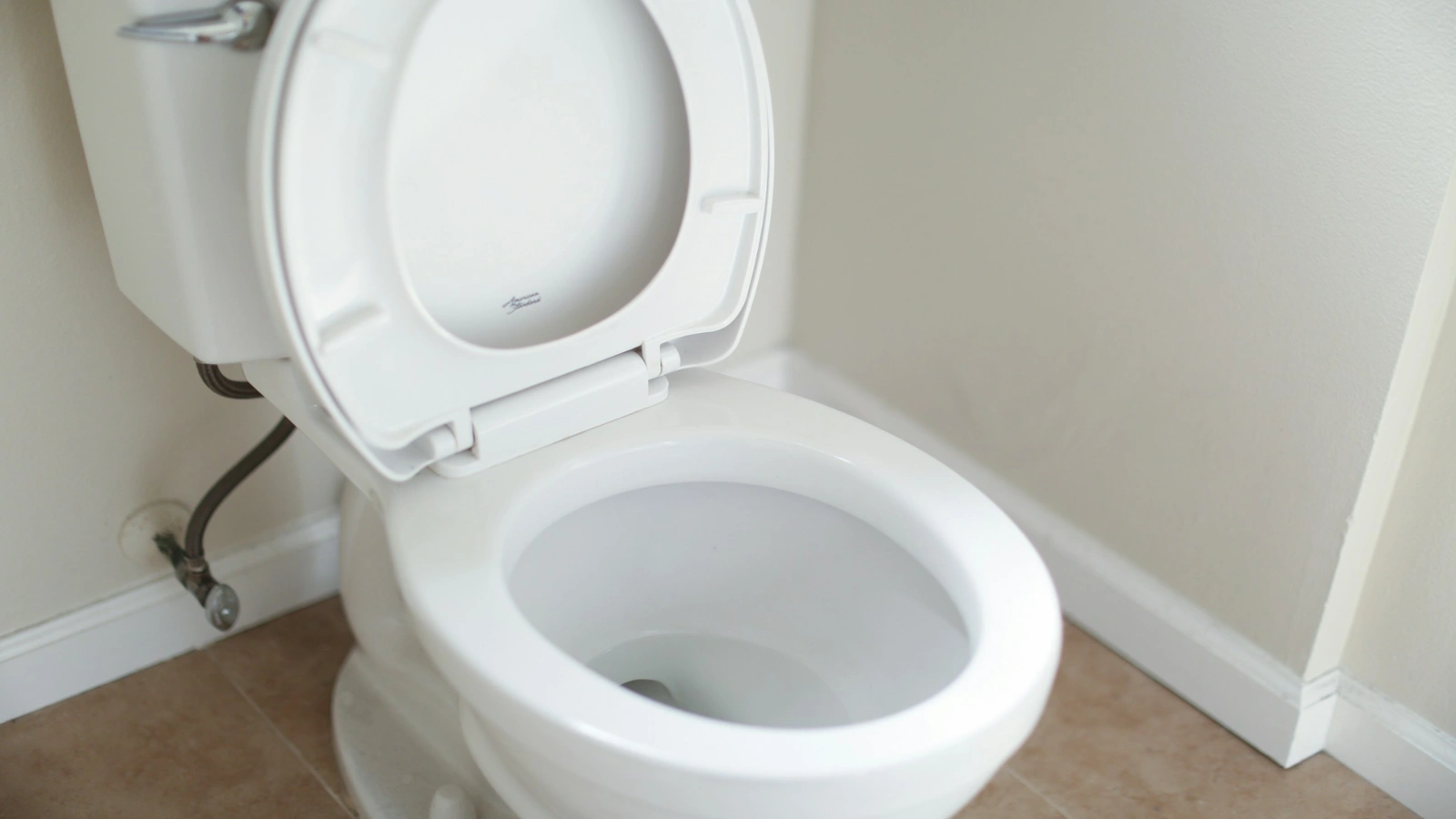
Plunger-Free Toilet Clog Fixes
No plunger? No problem. Most toilet clogs clear with hot (not boiling) water, a little dish soap, or a baking soda and vinegar reaction. These methods are safe, inexpensive, and effective for minor to moderate blockages.
- Hot water softens clogs and helps waste move along.
- Dish soap lubricates the trap and drain to reduce friction.
- Baking soda + vinegar fizz to break down small organic clogs.
- Most fixes take under 30 minutes and need no special tools.
- Still stuck? Use a toilet auger or call a pro.
Installation Snapshot (Project Planner)
- Skill: Beginner
- Time: 15–45 minutes depending on severity
- Cost: $0–$10 (household supplies)
- Savings vs Pro: ~$100–$200+
- Pro Tip: Lower the bowl’s water level with a cup before adding solutions to prevent overflow.
Tools & Materials for Fixing a Toilet Without a Plunger
Tools
- Bucket or large bowl
- Rubber gloves
- Cup or small container (for bailing water)
Materials
- Dish soap
- Baking soda
- White vinegar
- Hot water (not boiling)
How Hard Is It to Unclog a Toilet Naturally?
For small clogs, hot water and dish soap often work within minutes. Stubborn clogs can take a couple of rounds or benefit from the baking soda and vinegar method. If the bowl stays full after two or three tries, switch to a toilet auger or call a plumber. Work patiently to avoid splashes and overflows, and never use boiling water on porcelain.
Step-by-Step: Emergency Toilet Unclogging
Step 1 — Prepare the toilet
Put on rubber gloves and bail out excess water with a cup so the bowl isn’t at the rim. This prevents spills when you add solutions and gives hot water or fizzing reactions room to work. Keep a bucket nearby to discard water safely.

Step 2 — Add dish soap
Squeeze several squirts of dish soap directly into the bowl. The soap coats the trapway and clog, reducing friction so waste can slide through more easily. Let it sit for 5–10 minutes so it can reach the blockage.

Step 3 — Pour in hot water
Carefully pour a bucket of hot (not boiling) water into the bowl from about waist height. The heat softens the clog and the pour adds helpful force. Avoid boiling water—it can crack porcelain.

Step 4 — Try baking soda and vinegar
If soap and hot water don’t clear it, pour 1 cup baking soda into the bowl followed by 2 cups vinegar. The fizzing reaction can break down organic matter and paper buildup. Let it sit for 15–30 minutes before flushing.

Step 5 — Flush and repeat if needed
Flush to test the flow. If water drains slowly or the bowl refills, repeat hot water + soap or the fizzing method once or twice. Persistent clogs usually clear with a toilet auger; if not, call a pro.

Pro Tips for a Lasting Toilet Won’t-Flush Fix
- Always use hot, not boiling, water to protect the porcelain.
- Let dish soap sit before flushing—lubrication needs a few minutes.
- Never mix chemical drain cleaners with vinegar; avoid fumes and reactions.
- Work patiently to prevent splashes and overflow.
- Keep a dedicated bucket and gloves stored near the bathroom.
- Do not flush wipes, paper towels, or hygiene products—ever.
- Prevent clogs with the occasional vinegar flush to reduce buildup.
FAQs: DIY Toilet Clog Removal
Can I unclog a toilet with hot water? Yes. Pour hot (not boiling) water to soften the clog and help it move.
Does dish soap help unclog a toilet? Yes. A few squirts of dish soap lubricate the trapway so blockages slide through.
Will baking soda and vinegar unclog a toilet? They can break down minor clogs when allowed to fizz for 15–30 minutes.
What if none of these methods work? Try a toilet auger. If the bowl stays full after multiple attempts, call a plumber.
Is it safe to use chemical drain cleaners in a toilet? Not recommended—they can damage porcelain and pipes.
Can a clogged toilet fix itself? Minor clogs sometimes dissolve overnight, but most need intervention.
How do I prevent future clogs? Only flush human waste and toilet paper; avoid wipes and bulky paper products.
